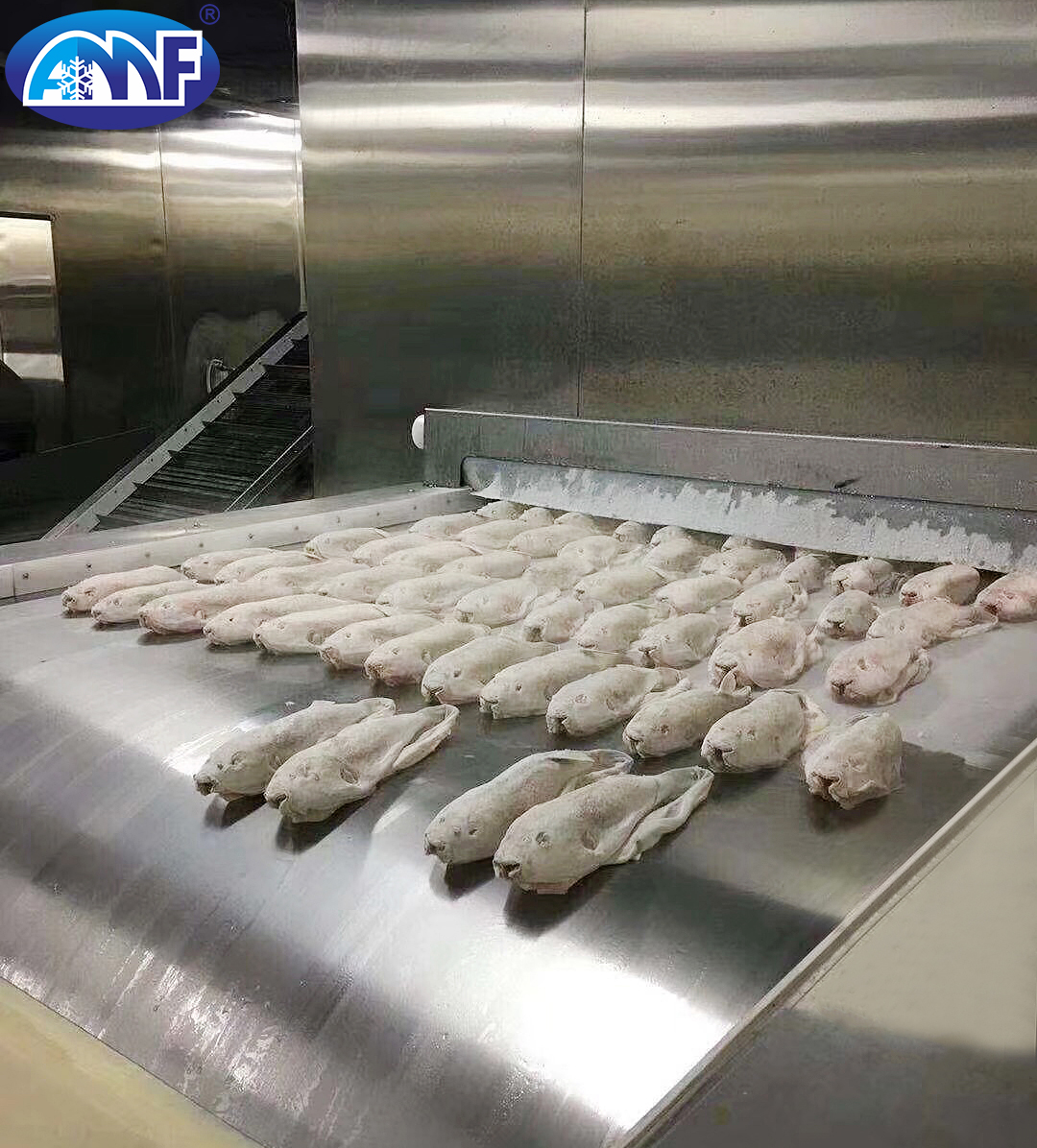Discover the Features and Dangers of Nitrogen Tunnels
By:Admin

The need for effective and safe food preservation techniques has never been more crucial than it is today. With the ever-growing global population comes an ever-increasing demand for food, which necessitates efficient and secure food preservation techniques. Nitrogen Tunnel is a revolutionary solution for food preservation that is changing the game.
Nitrogen Tunnel is a food preservation technology that uses liquid nitrogen (LN2) to lower the temperature of food products to below freezing within mere seconds. This rapid temperature drop helps to preserve the freshness, texture, and quality of foods, making it an excellent option for packaged food, meat products, seafood, and fruits and vegetables.
The innovative nitrogen tunnel technology was developed by a leading food processing equipment manufacturer, based in the United States. The company has been in the business for over four decades and has a reputation for designing and manufacturing the most advanced and efficient food processing equipment on the market today.
Nitrogen Tunnel technology makes use of natural elements, such as liquid nitrogen, to ensure that food preservation is carried out without the use of any harmful chemicals. This makes it a safer and healthier option for preserving food as there are no chemical preservatives or additives used, which could potentially lead to health complications.
The Nitrogen Tunnel system involves placing food products on a conveyor belt that passes through a tunnel where they are exposed to a stream of liquid nitrogen. As the food products move through the tunnel, they are cooled to a shockingly low temperature in mere seconds. The low-temperature environment helps prevent bacterial growth, thereby extending the shelf life of the food products. Because the process occurs so quickly, the food retains its original quality, taste, and nutrient content.
While nitrogen tunnel technology is still relatively new, it has already been adopted by several food processing companies in the United States and around the world. The technology has been proven to help food manufacturers reduce costs and improve product quality and safety, making it an attractive option for businesses looking to enhance their product lines.
One of the most significant advantages of nitrogen tunnel technology is that it helps preserve food's original taste, flavor, and texture. This is because the rapid cooling process of the nitrogen tunnel technology minimizes the damage to the food's cellular structure, thereby preserving its nutritional value and quality. This makes it a fantastic option for processing fruits, vegetables, and other food products that are particularly susceptible to deterioration and spoilage.
Another advantage of nitrogen tunnel technology is its efficiency in preserving perishable foods like meat and seafood. These foods typically have a short shelf life and require careful handling to ensure their safety and quality. Nitrogen tunnel technology helps to slow down the spoilage process by dramatically reducing the temperature of the food products in a short time, allowing them to stay fresh for a more extended period.
The nitrogen tunnel technology also boasts of high production capacity, making it an ideal option for businesses that require high volumes of food preservation. The tunnel is designed to handle a range of food products, from small products like fruits and vegetables to larger products like meat and poultry. Moreover, the system is fully automated, which reduces the labor required for food production significantly.
In conclusion, Nitrogen Tunnel technology is a game-changer in the food preservation industry. Its ability to rapidly cool food products using liquid nitrogen ensures that the food products are not exposed to harmful bacteria, thereby extending their shelf life. The technology also helps to preserve the original flavor, texture, and nutritional value of the food products, making them more appealing to consumers. As more food processing companies adopt Nitrogen Tunnel technology, we expect to see significant advances in the food industry, particularly in the preservation of fresh food products.
